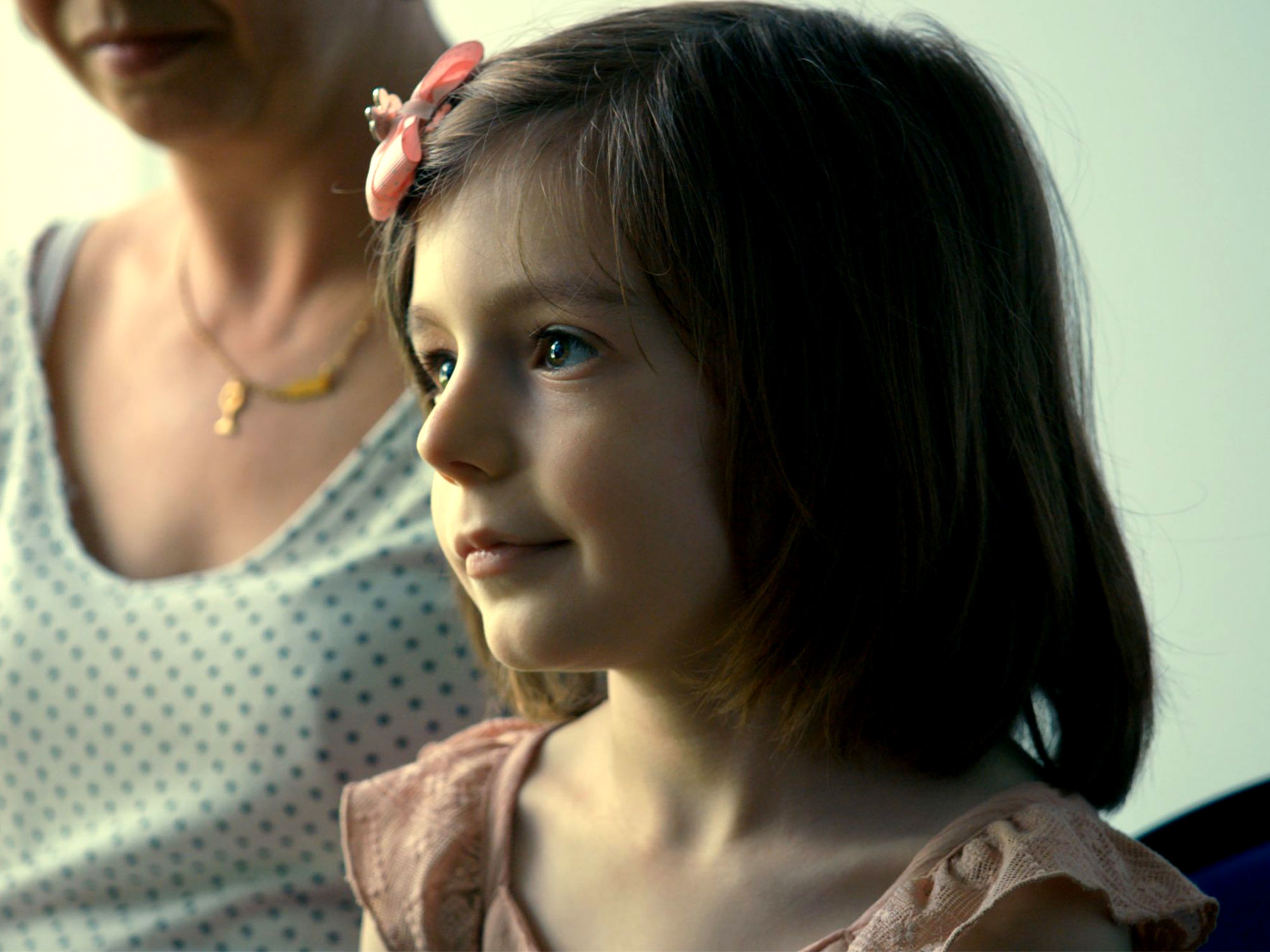
Representations of gender dysphoria are proliferating. There will continue to be missteps but it’s heartening to see more sensitive portrayals. Sébastien Lifschitz has been in the latter camp since his 2004 narrative drama Wild Side, about a trans* sex worker played by Stéphanie Michelini.
Two-time winner of the Berlin Film Festival’s LGBT+ ‘Teddy Award’ and the Queer Palm at Cannes in 2016, Lifschitz has positioned himself as one of the most tactful documenters of LGBT+ lives.
What distinguishes documentaries such as 2013’s Bambi or 2016’s The Lives of Thérèse from Lifschitz’s latest film, Little Girl, is the age of his subject. This is the film’s central problem – Sasha is too young to consent to having her private life exhibited. It’s a film her parents want to make in the hope it will create a better world for their daughter to grow up in. Sasha’s mother wonders if her daughter was born to change attitudes. That’s too great a burden to place on any eight-year-old.
Nonetheless, her mother is right. Little Girl will change attitudes. The camera holds close to Sasha’s adorable face as tears of dysphoria well in her eyes. She can’t describe how she felt being physically pushed out of class by her ballet teacher. Her Russian teacher claims that gender dysphoria simply doesn’t exist there. As Sasha’s doctor tells her, it’s “reprehensible”. No, stronger than that. To abuse a child, to deny a girl her identity and right to be herself, is evil.
Sasha’s mother recalls telling her she’d never be a girl and saw in her cries that she’d crushed her dreams. The turn in her approach is remarkable – she educates herself, goes to see a specialist (in Paris, experts are sparse), and goes on the war path to ensure Sasha is correctly gendered and comfortable in the clothes she wears to school. Sasha’s parents are inspiring in their determination to give their daughter the childhood every girl her age deserves.
Critics will inevitably refer to Sasha as ‘transgender’. What Little Girl highlights is that there’s no ‘transition’ here, no before or after. Sasha’s parents gave her a unisex name at birth. She’s always been a girl, and with the help of an endocrinologist, her body will develop as most other girls. It’s a shame there’s a tasteless montage of old black-and-white photographs of Sasha at the end, accompanied by serenely melancholic Debussy. It’s a brief period of what will hopefully be a long life that Sasha wants to leave behind, and we have no right to see it.
That’s where the question of consent is so important: if she wants to be accepted simply as a girl (note that it’s never prefixed with ‘trans’ or ‘cis’) then she might not want her private medical history to be public knowledge. As Sasha’s mother says, if people didn’t see the sex assigned at birth on paper, no one would ever misgender her.
Still, Little Girl knows to keep its distance. Sasha is asked how she explains to people about her identity: “I’m a girl”. That should be enough. That it sometimes isn’t justifies her mother’s instruction: “You have the right to be angry.” You’d have to have a cold heart indeed not to feel that rage too.
The post Little Girl appeared first on Little White Lies.
![Forest Essentials [CPV] WW](https://s3-us-west-2.amazonaws.com/pcw-uploads/logos/forest-essentials-promo-codes-coupons.png)
0 comments